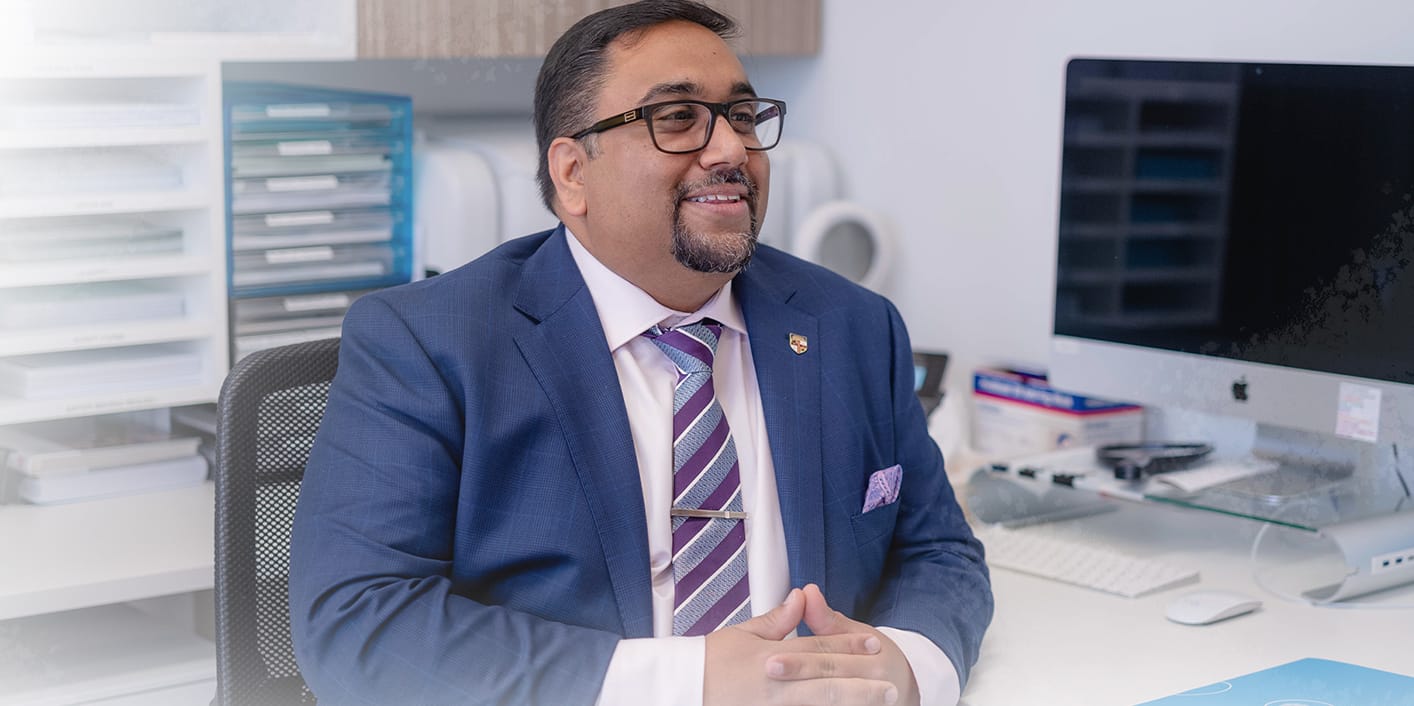Is Fat Grafting Right For Me?
Fat grafting is an excellent option for individuals looking to address volume, specific areas using their own natural fat. Ideal candidates:
- Have sufficient fat deposits for harvesting.
- Prefer an alternative to synthetic fillers or implants.
- Are in good overall health with a stable weight.
- Have realistic expectations about the procedure and results.
- Are non-smokers or committed to quitting before and after surgery to support optimal healing.
Considerations and Limitations
- Volume: Not all harvested fat survives the transfer process, so some volume loss is expected. Dr. Mistry carefully plans for this.
- Individualised Outcomes: Results vary based on factors such as overall health, skin elasticity, and the treatment area.
- Gradual Refinement: Fat grafting is best for subtle volume changes rather than significant augmentation. In some cases, multiple sessions may be needed.
The Process
- Step 1: Fat Harvesting Liposuction is performed to extract fat from donor areas such as the abdomen, thighs, or flanks, where excess fat is available.
- Step 2: Fat Purification The harvested fat is carefully processed and purified to retain only healthy, viable fat cells for optimal results.
- Step 3: Fat Injection Using fine cannulas, the purified fat is strategically injected into the target areas to address volume.
Applications of Fat Grafting
- Facial Fat Grafting: Used to restore volume in areas such as the cheeks, temples, and under-eye hollows.
- Breast Augmentation: May be considered to address breast shape and volume, including subtle augmentation or changing of asymmetry.
- Buttock Augmentation: A procedure involving fat transfer to the buttocks to modify size.
The Patient Journey
Initial Consultation
Your journey begins with a consultation with Dr. Mistry. During this session, he will:
- Assess your donor and target areas.
- Discuss your expectations.
- Evaluate your overall health and medical history to determine if fat grafting is suitable for you.
Dr. Mistry will also explain the procedure in detail, including its benefits, potential risks, and surgical outcome.
Pre-Operative Planning
Once you decide to proceed, Dr. Mistry will create a customised treatment plan tailored to your needs. This plan will identify the donor areas for fat harvesting and the target areas for fat transfer. Any necessary preoperative tests will also be arranged at this stage.
Fat Grafting Procedure Overview
- Anaesthesia: Depending on the extent of the procedure, fat grafting is performed under general anaesthesia or local anaesthesia with sedation.
- Fat Harvesting: Dr Mistry uses liposuction techniques to remove fat from donor areas such as the abdomen, thighs, or flanks, based on individual assessment.
- Fat Purification: The harvested fat is carefully processed and purified to isolate healthy, viable fat cells for transfer.
- Fat Injection: Using fine cannulas, Dr Mistry strategically injects the purified fat into the target areas to address volume.
Post-Operative Care
After your fat grafting procedure, Dr Mistry and his team will provide detailed postoperative care instructions to support optimal healing and results. Key guidelines include:
- Compression Garments: Wear compression garments on the donor site to minimise swelling and support healing.
- Activity Restrictions: Avoid strenuous activities to allow the transferred fat to stabilise and improve retention.
- Pain Management: Manage any discomfort with prescribed medications as directed.
- Follow-Up Appointments: Regular check-ups with Dr Mistry will be scheduled to monitor your recovery and assess your results.
- Following these guidelines supports the healing process and helps maintain treatment outcomes over time.
Recovery and Results
- Swelling & Bruising: Mild swelling and bruising are common and typically subside within a few weeks.
- Final Results: Full results become visible within three to six months, once the transferred fat establishes a blood supply.
- Fat Retention: Some fat may be naturally reabsorbed by the body, but Dr Mistry carefully accounts for this during the procedure.
- Long-Lasting Effects: The results of fat grafting are long-lasting, especially when maintained with a stable weight and a healthy lifestyle.
Possible Risks and Complications
As with any surgical procedure, fat grafting involves potential risks and complications, which will be discussed during your consultation.
Specific Risks:
- Fat Necrosis: Some transferred fat may not survive, forming lumps or firm nodules in the treated area.
- Fat Resorption: A portion of the grafted fat may be reabsorbed over time.
- Oil Cysts: Small pockets of liquefied fat may develop, leading to minor irregularities under the skin.
- Precise Volume Restoration: This can be challenging, sometimes resulting in less-than-expected fullness.
- Microcalcifications: Small calcium deposits may form in the treated area, particularly in fat grafting to the breasts, and could appear on imaging tests.
Common Risks and Complications:
- Swelling & Bruising: Expected in both donor and target areas, typically subsiding within a few weeks.
- Infection: Rare but possible at the donor or recipient sites; minimised through strict surgical protocols.
- Scarring: Small scars may develop at liposuction and injection sites but are generally minimal and fade over time.
- Pain or Discomfort: Temporary soreness, usually well-managed with prescribed medications.
- Changes in Sensation: Some patients may experience temporary or permanent numbness, tingling, or altered sensitivity.
- Asymmetry: Slight differences between treated areas may occur.
Dr Mistry will explain the potential risks during your consultation and outline the measures taken to support the procedure and recovery process.









